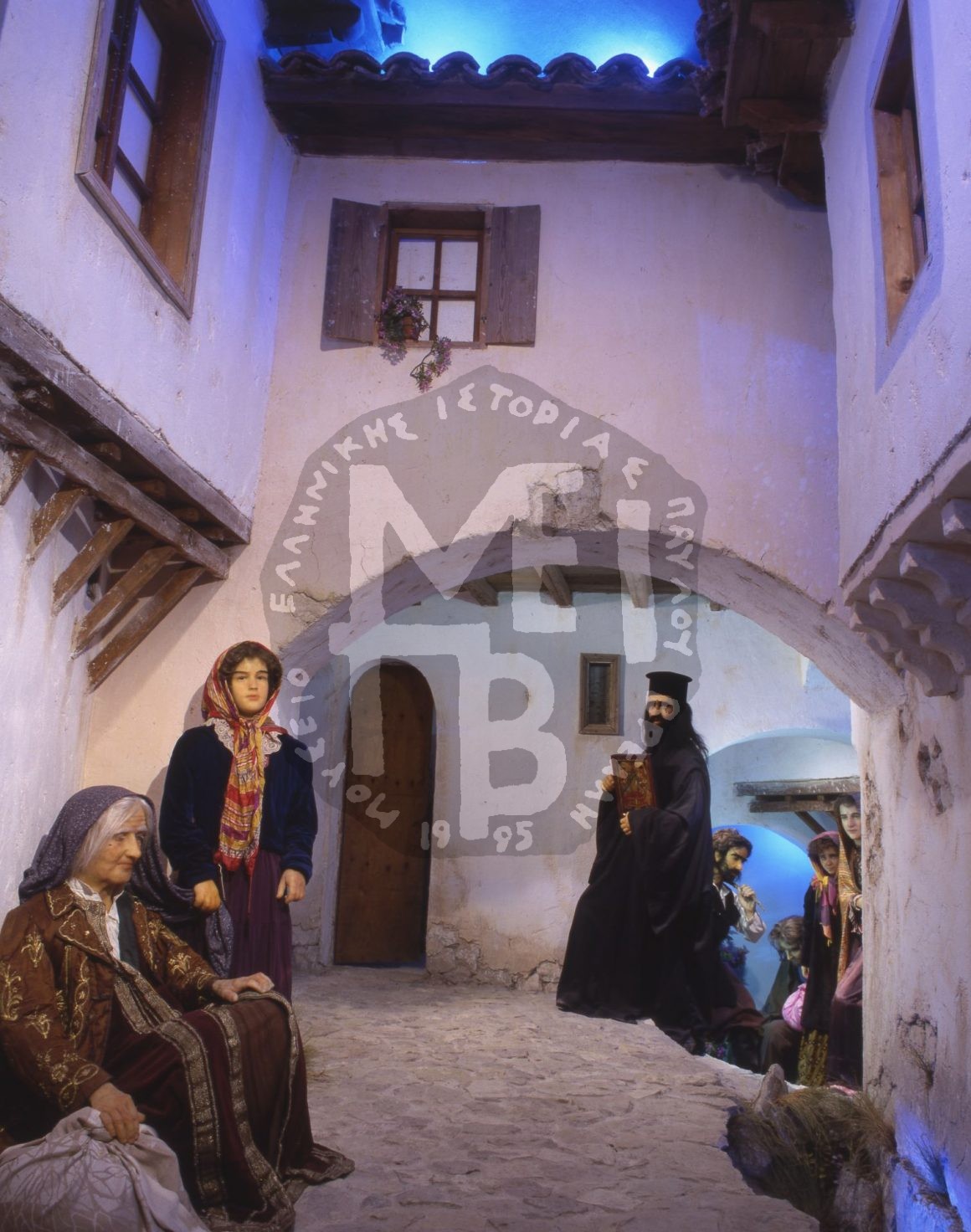“Asia Minor Hellenism never vanished. Pontus, Cappadocia, and other areas may have lost their former status, but their inhabitants, like the Ionians and Aeolians in ancient times, inculcated mother Greece. The bitterness of the initial change of residence, since they did not get accepted right away, went away as the time went by and gave way to the respect a Greek should show his fellow neighbor from the beginning. These people made Greece more solid, wiser and richer as far as culture is concerned.
The Greek nation of Asia Minor was severely stricken; out of five and a half million of its population, only one and a half made it to Greece… The rest either died of hard labor or met a tragic death or slaughtered without hesitation, or succumbed to continuous hardship. Those who survived were scattered around the world. Our allies abroad (French, Italian, English) remained aloof in the destruction of Asia Minor. These people had born Civilization, showed dignity and retained their pride. With their bundle, the uprooted of that place brought their holy items, relics, traditions and the history of so many centuries with them.
I have created here an alley of a Greek island in the Aegean, which was the first immigration place. I have supported this composition on the Kuggi artificial sky and have divided the emerging places creating different levels with the facades of the houses. I have tried to include the morphological and stylistic elements our beautiful islands have, highlighting the protruding surface of a house on the right by means of double cranes made of fine cloth. Likewise, I have made wooden buttresses on the opposite neighboring building. The homogeneity of these stylistic elements helps me adjust the scales of the neighbor and the perspective depth I need to create in this small place. The materials I used include iron, neuro-metal, cement, wood and stones. I purposefully have let little stones be visible out of the eroded plasterwork, so that the visitor can find out the external Measure-Scales.
In this place, the pain and disappointment are clearly portrayed on their faces. I have included as many ages and professions as I could. In the background there is a priest –as the symbolic head of the small group– a fatigued city-dweller, a puzzled farmer and a mother with her daughter. In the foreground, I try to contrast figures and ages, representing a grandmother with her granddaughter. The little girl is holding/is connected to her grandmother’s kerchief, while the latter is leaning against her bundle with her last possessions: her memories. The Matter, as we will see in the theme of Ancient Greece, is frequently the most immediate connection between the living and the dead. Here, I convey the idea indirectly, since the little girl is about to begin her life trying to make a future, whereas the old lady is thinking she is leaving her past and the life she created behind. There is no connecting link between these two generations: casualty of war.”

